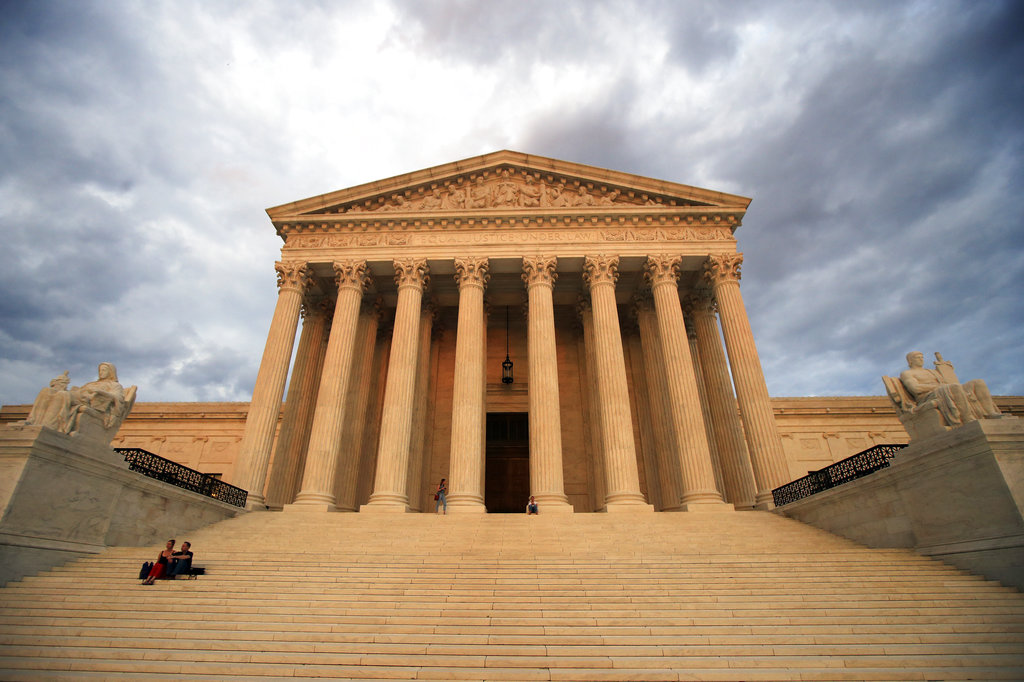Last June, the Supreme Court fumbled an opportunity to deal a death blow to political gerrymandering, the time-dishonored practice of drawing state legislative and congressional lines to give an unfair advantage to one political party. The court disposed of two cases on narrow procedural grounds, rather than confronting the constitutional issue.
But two new cases to be heard later this year give the court an opportunity to atone for that abdication in time to ensure that all congressional and state legislative district lines drawn after the 2020 census will be fair. Because of Republican gains in 2010, the decennial redistricting process that followed that election favored the GOP. If Democrats carry their 2018 momentum into 2020, House delegations and state legislatures could be gerrymandered in the opposite direction for a decade.
But regardless of which political party you support, it should be obvious that in a functioning democracy, district lines should be drawn fairly, rather than rigged to benefit one side or the other.
One case to be heard by the Supreme Court in March involves the same Maryland congressional map the justices considered before, boundaries that were drawn by Democrats to eliminate a long-serving Republican incumbent. The other involves a map drawn by North Carolina’s Republican leaders that locked in a 10-3 GOP advantage in the state’s House delegation even though votes statewide were almost evenly split between the parties. A lower court noted that the legislator responsible for the map said it reflected his view that “electing Republicans is better than electing Democrats.”
The Supreme Court recognized as long ago as 1986 that partisan gerrymandering could be challenged as unconstitutional under the 14th Amendment if it involved “intentional discrimination against an identifiable political group and an actual discriminatory effect on that group.” Justice Anthony Kennedy, before he retired, suggested that extreme gerrymanders might also violate the 1st Amendment because they penalize certain voters for “their voting history, their association with a political party or their expression of political views.”
Yet the court has struggled to identify a standard for deciding when a gerrymander violates the Constitution, and some justices have urged that the court stop trying and leave the issue to the states and Congress.
Some states indeed have dealt with gerrymandering on their own. California and Arizona, for instance, have removed congressional redistricting decisions from the legislature, entrusting them to independent commissions not dominated by one party. Voters in Ohio approved a plan that will make it harder for a single party to dominate congressional redistricting.
But that doesn’t absolve the court of the duty to strike down unconstitutional gerrymandering plans in states in which the majority party in the legislature still controls redistricting. The court has agonized about partisan gerrymandering for more than three decades; it’s time to rule.
Editorial by the Los Angeles Times
Visit the Los Angeles Times at www.latimes.com
Distributed by Tribune Content Agency, LLC.
Send questions/comments to the editors.


